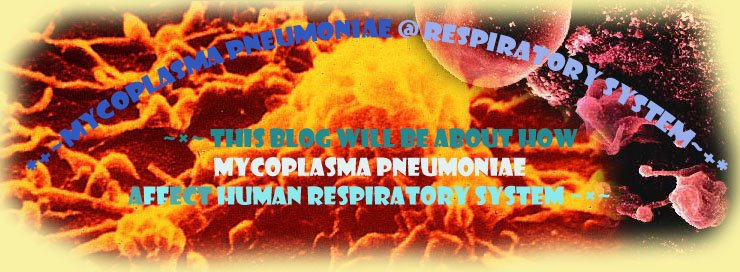
There are 3 types of transmission of disease
a. contact
b. vehicles
c. vector
Contact transmission:
• is spread of an agent disease by direct contact, indirect contact or droplet transmission.
•Through kissing, touching, and sexual intercourse
• Droplet transmission occur in which microbes are spread in droplet nucleid that only travel in short distance.
Vehicle transmission:
• Transmission of disease agent by medium such as water, food, blood drug and intravenous fluids.
Vectors:
• Arthropods are the most important group of disease vectors
• They are animals that carry pathogens from one host to another.
The modes for Mycoplasma pneumoniae of transmission through:
A.respiratory droplet
B. airborne
A. respiratory droplet:
steps 1:
Mycoplasma pneumoniae is spread in the droplet nucleid that travel only a short distance.
steps 2:
these droplets area discharged into the air by coughing, sneezing, laughing or talking
steps 3:
they travel less than 1 meter from the reservoir to the host cell.
B. Airborne
- An enormous number of moisture droplets are expelled during sneezing.
- A considerable number of moisture droplets are expelled during coughing or talking.
- The infectious droplet of Mycoplasma pneumoniae has a diameter about 10µm.
- Each of the infectious droplets contains one or more microbial cell or virions.
- They can move in the speed of 100m/sec( more than 200mi/h) in sneeze.
- During coughing and talking, the range of speed will be 16 to 48m/sec.
- So, the number of bacteria in a sneeze will be around 10,000 to 100,000.
- The moisture droplets will evaporate and spread in the air very quickly as the size is small.
- The infectious droplets normally will cause upper respiratory infections such as influenza.
Reservoir is a continual source of infection. It may be human, animal or nonliving things.

- Reservoir for Mycoplasma pneumoniae believed are human and mainly are children. People with signs and symtoms of a disease may transmit disease to others, they are called carrier. Mostly, children are living reservoir for Mycoplasma pneumoniae.
- Another reservoir for Mycoplasma pneumoniae is wild animal such as deer, mice and rodents.
Reservoir: human
· Human body will be the reservoir for Mycoplasma pneumoniae.
· People can transmit the disease without exhibiting any signs and illness.

Reservoir : wild animals
· Disease that occur primary in wild and domestic animals and are able to transmit disease to human is called zoonoses.
· Mycoplasma pneumoniae present in most of wild animals such as deer and mice
 sheep
sheep pig
pig